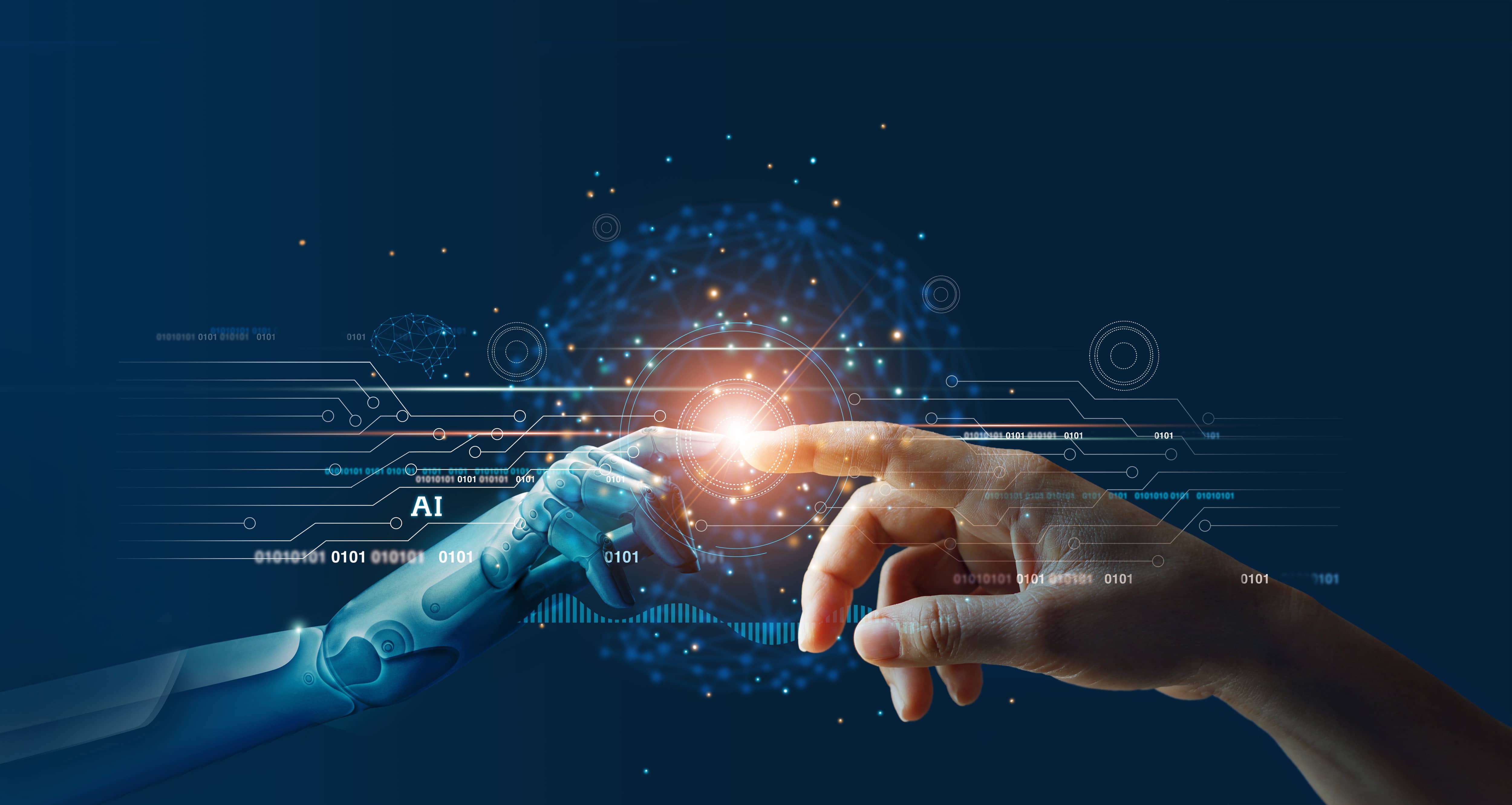Artificial Intelligence
Artificial intelligence (AI) refers to the simulation of human intelligence in machines that are modified to think like people and copy their activities. The term may likewise be applied to any machine that shows characteristics related with a human psyche, for example, learning and critical thinking.
The ideal attribute of artificial intelligence is its capacity to justify and make moves that have the most obvious opportunity with regards to accomplishing a particular objective. A subset of artificial intelligence is AI, which refers to the idea that PC projects can consequently gain from and adjust to new information without being helped by people. Profound learning procedures empower this programmed learning through the ingestion of gigantic measures of unstructured information, for example, text, pictures, or video.

Comments
Post a Comment